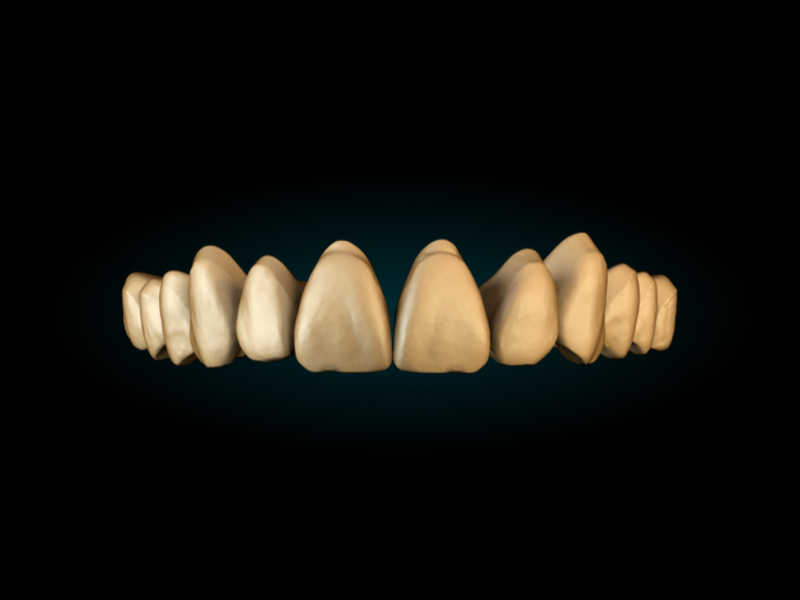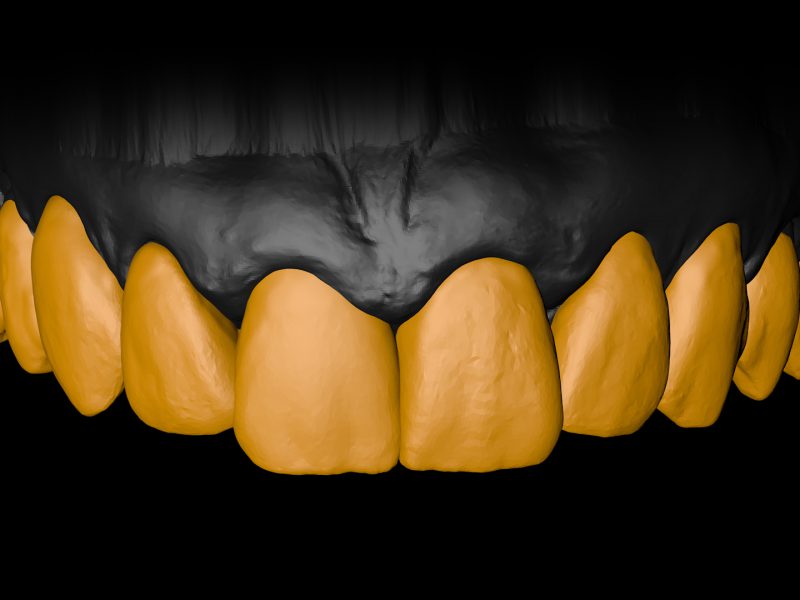Dental Documentation Protocol
More and more patients, young people especially, come to the dentist to enhance their smile, and they come prepared. They show pictures of smiles they like, shapes and colour for what they wish to achieve. During the last few years, the waxup has become an even more subjective experience for patients, greatly influenced by social media, and movie stars.
In the classic workflow, the technician creates the wax-up that is later on presented to the patient, guided by manuality, imagination and clinical possibilities.
The 2D design on Smilecloud allows the dentist to mitigate the time and cost spend by going back and forth between changes. By using a real-time rendering of the shapes we can include the patient in the design process from the beginning. The result is a virtual mockup that the patient validates before moving forward to 3D or wax-up.
Standardising dental documentation
2D design is not just a rendering tool, but also an accurate treatment planing tool that guides the future procedures in order to deliver the promised result. As advanced as it is, with it’s AI algorithms for matching shapes to each particular restorative space, Smilecloud technology is however directly linked to input and for 2D the input is photography. The more accurate the input, the more predictable the outcome. This is a standardised photo protocol, used on a daily basis by Florin Cofar in the Dentcof clinic.
Portrait photography
For portrait photography it is recommended to use a studio space and at least 2 lights for the best results. The reason is that it allows you to have an uninterrupted documentation flow, in a controlled environment, without interfering with other processes in the clinic.

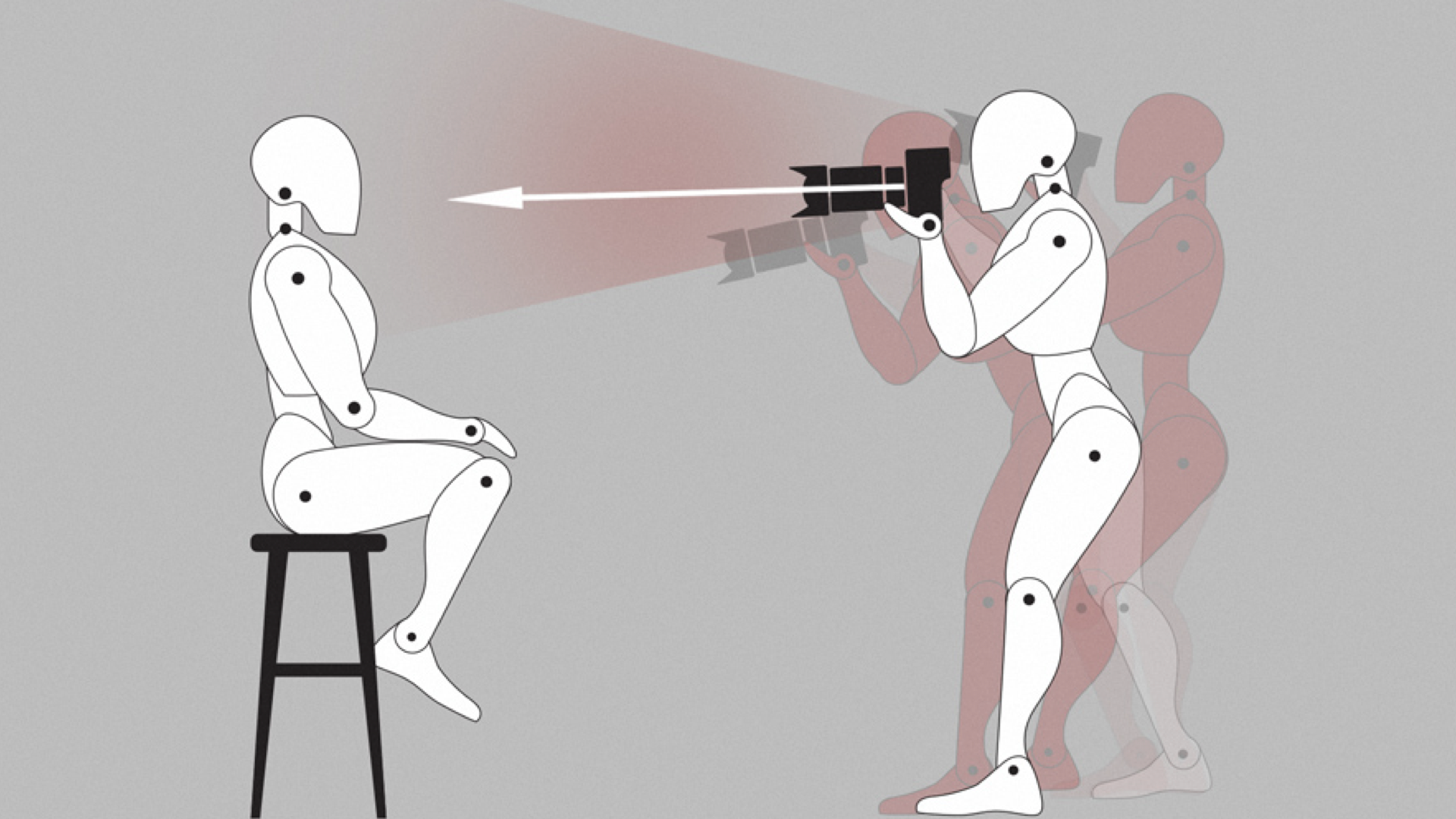
An accurate documentation has many advantages and the most important ones are:
- files are the key resource in a digitalised world, which without a doubt is the future
- documenting cases develops a critical eye and encourages continuous learning
- the time to take a bad picture is the same as the time it takes to take a good picture. The difference is that a good picture can be used as the building block for digital workflows, lectures, education and even marketing
- creates a health timeline for the patient and allows monitoring changes over time
Here is the information you extract from each type of picture that will help in an accurate planning.
Closed mouth: With relaxed muscles of the face, you can observe the alignment of the face. On this picture you can analyse with clarity the philtrum – glabella line and horizontal level of eyes.
Note: Additional portrait pictures taken from a 45 degree angle can give valuable information regarding the position of the condyle and the mandibula in a resting position.
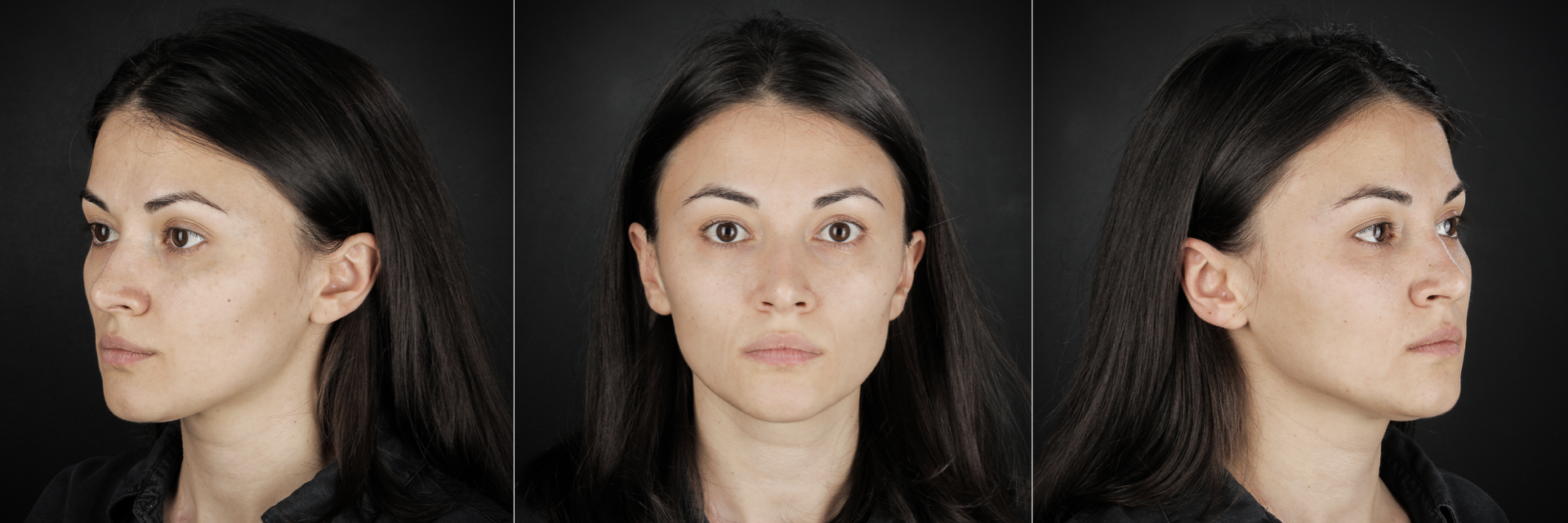
Relaxed Lips: You see the display of the centrals and incisal level in a relaxed position.

Regular Smile: You see the cervical and gingiva display when patient smiles.

Forced Smile: For this pictures patient must smile without lips touching teeth. This allows you to see the maximum display of gingiva, zeniths and incisal points that allows you to plan the case accurately and align portrait with intra-oral both in 2D and 3D. This is the most important picture for 2D Smile Design. In addition to a maximum display of zeniths, gingiva and incisal edges, the forced smile picture, gives you a vital information: the smile curve. Taken correctly, this allows you to plan an aesthetic harmonious design. As angulation is key, there are however some common mistakes that create distortions in the real smile curve.
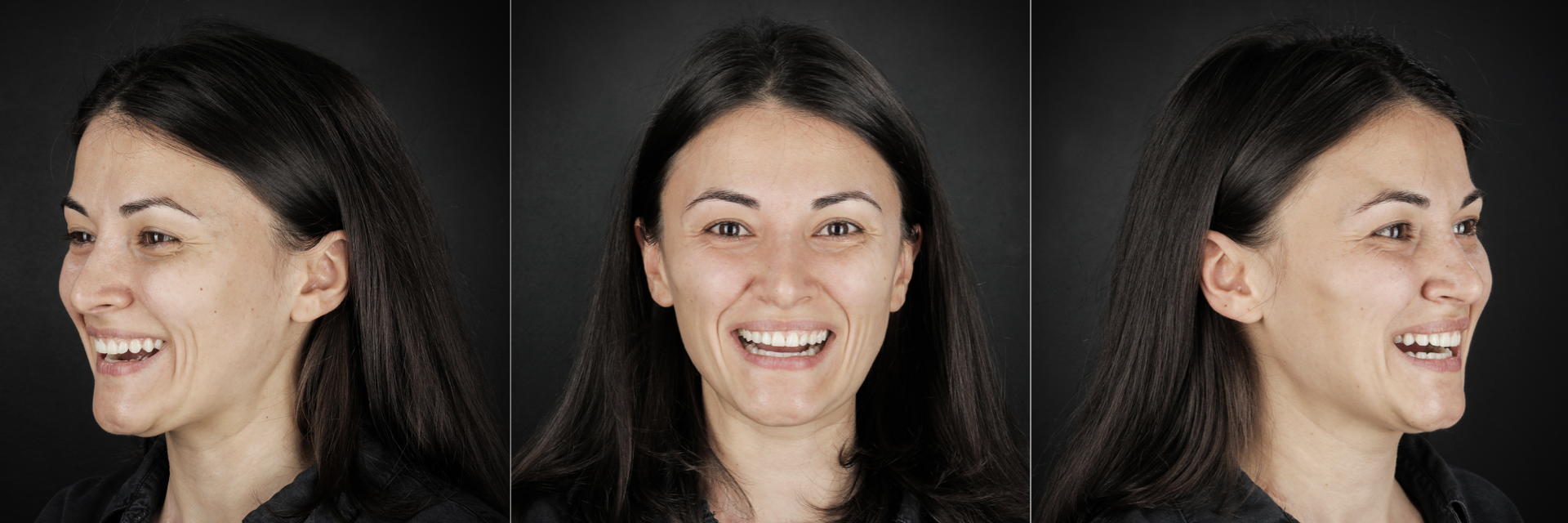
Note: The multi-sync option of Smilecloud Design allows you to match different pictures such as resting lips and large smile with the same design for a multiple view rendering. See here
Common mistakes to avoid
Correct Smile Curve

Incorrect: Chin down

Incorrect: Chin up

Incorrect: Tilted head

Incorrect: Insufficient lighting

Incorrect: Lip covering teeth

Intra-oral photography
The intra-oral picture gives you a close up view of the restorative space, reference with the lower arch and key information about the bite. The key point for intra-oral pictures is to get the same angulation – the same smile curve as the portrait. This will allow you to align both views, portrait and intra-oral in both 2D and 3D.
Closed Bite
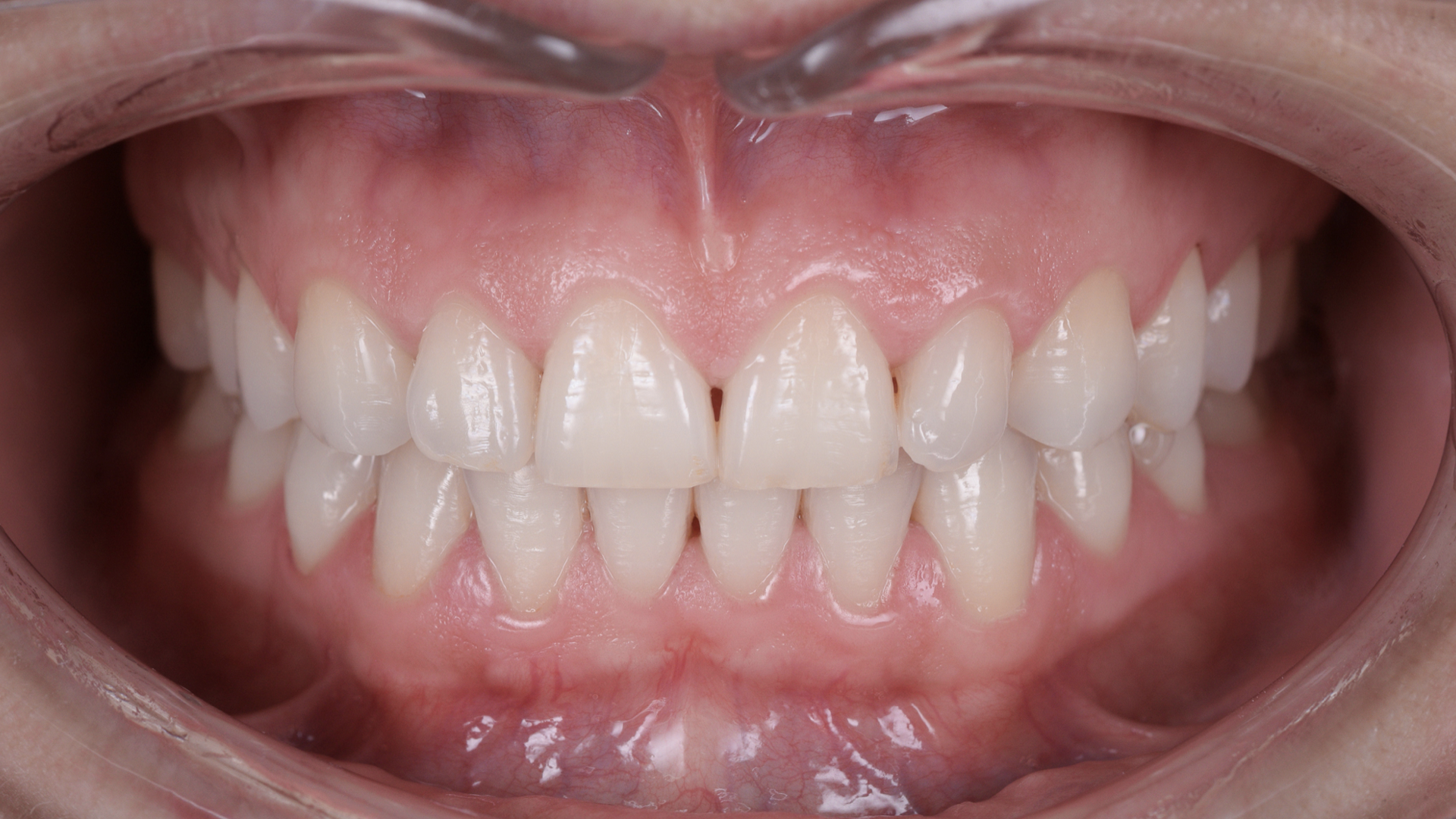


Intra-oral with contrastor


12 O’clock Angle: gives the dentist and the technician information about the position of the lip on top of teeth and volume of the maxila.

Occlusal pictures: are helpful to the dentist for documentation but is most important for the technician to asses the existing works (composites, crowns etc) and also gives indication about space distribution on the arch.

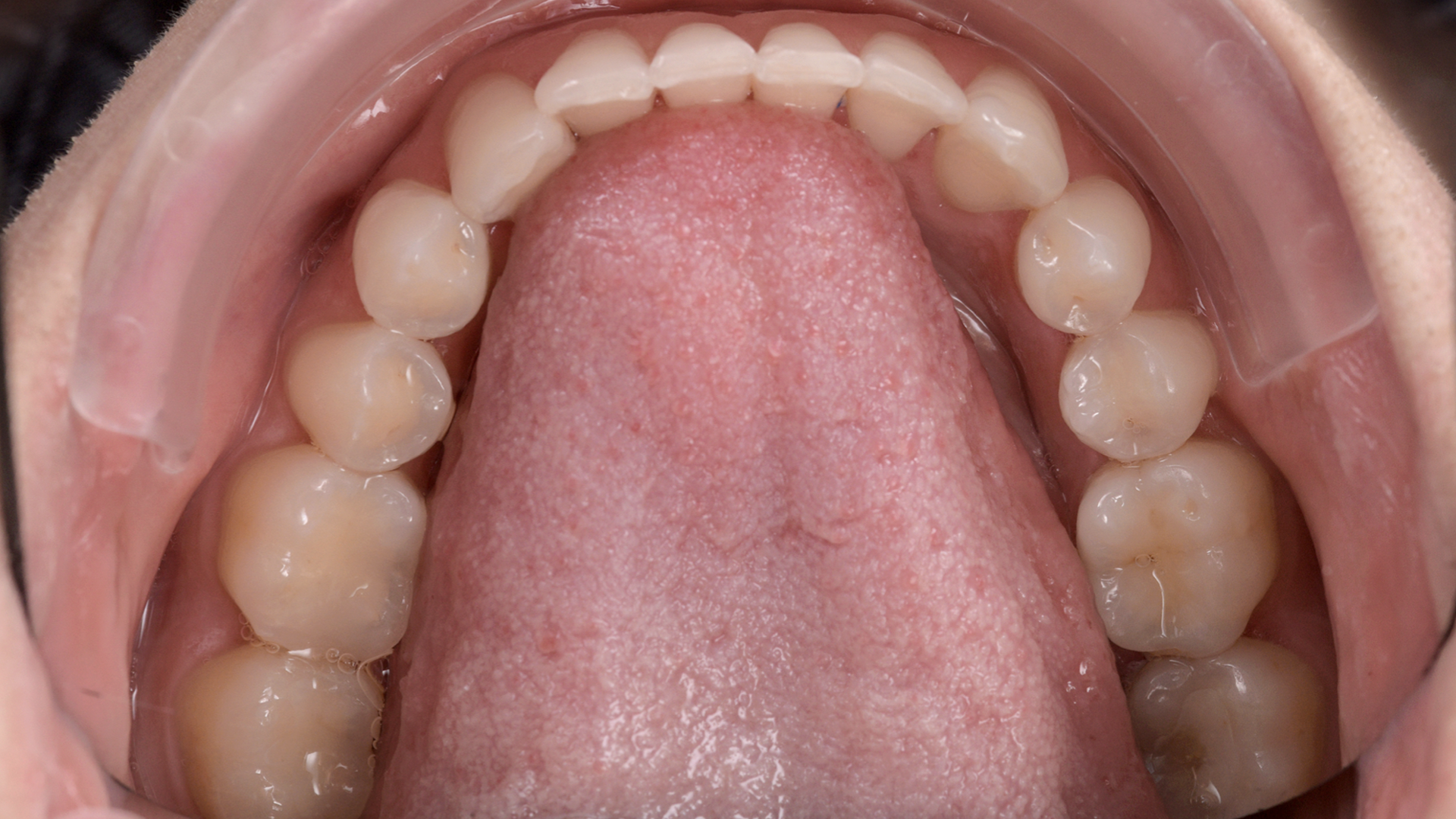
Common mistakes to avoid
Incorrect vertical position
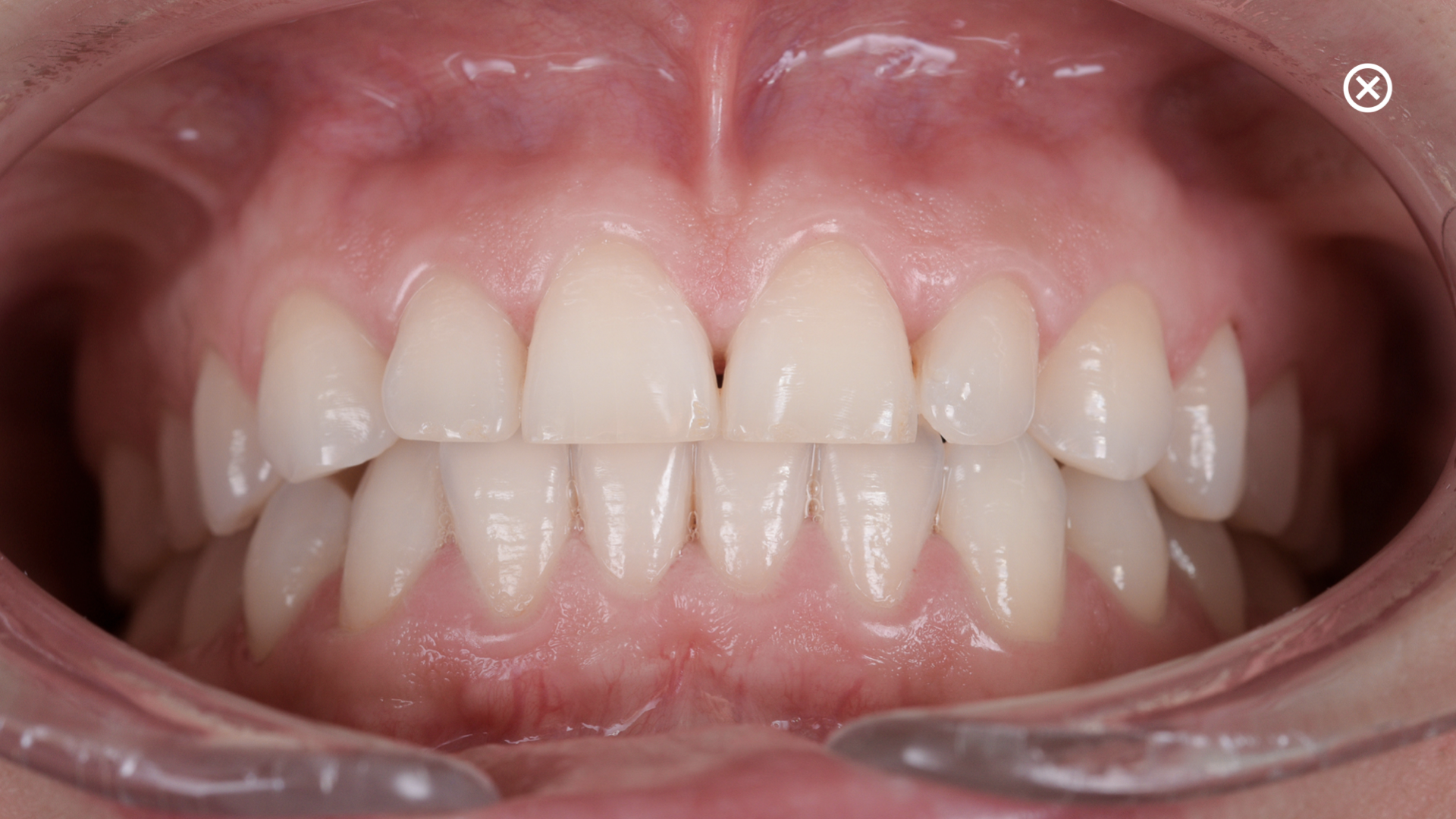
Incorrect bite

Incorrect bite

Incorrect horizontal position

Incorrect vertical position
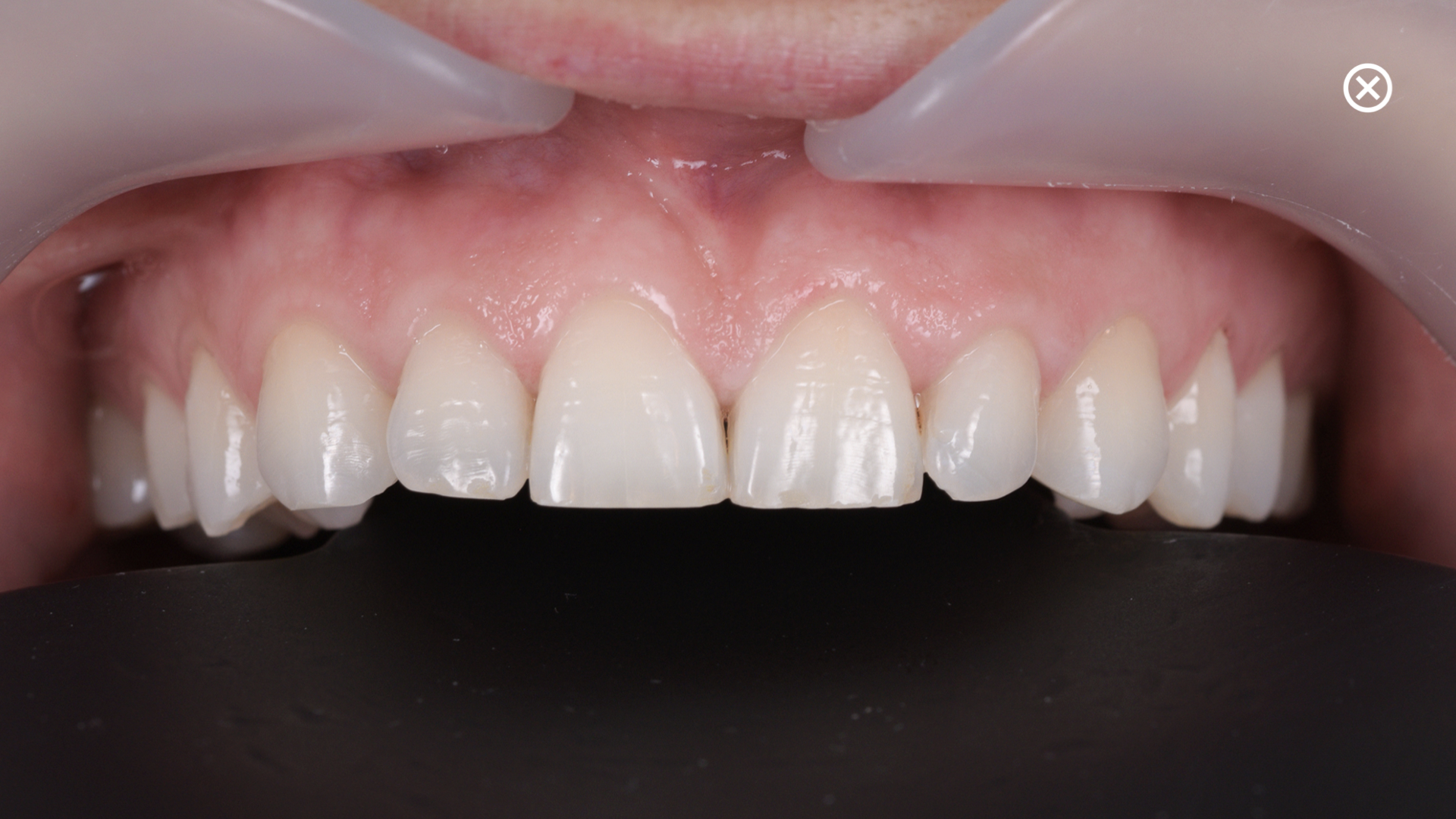
Incorrect vertical angle
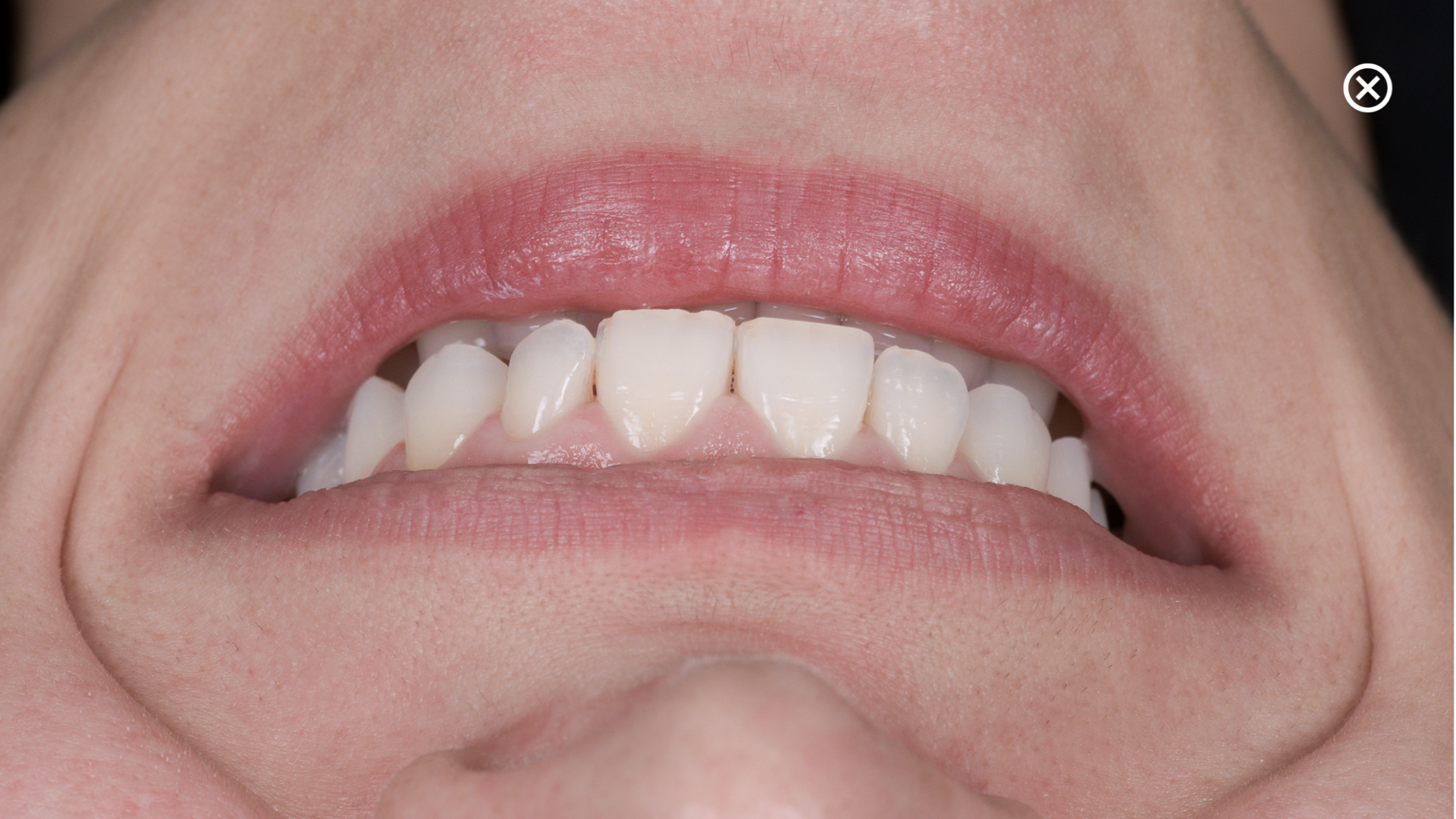
Digital clone
With this information on hand, you basically have a digital clone of your patient, you can plan in an interdisciplinary matter with colleagues from all parts of the world in a predictable workflow where the patient is not actually present except for when you schedule the procedures.
Technical guide
Here you can find helpful information for camera settings.
Recommended cameras

Recommended lights

Recommended camera settings

Know your camera: Apperture and depth of field

Know your camera: Shutter speed





